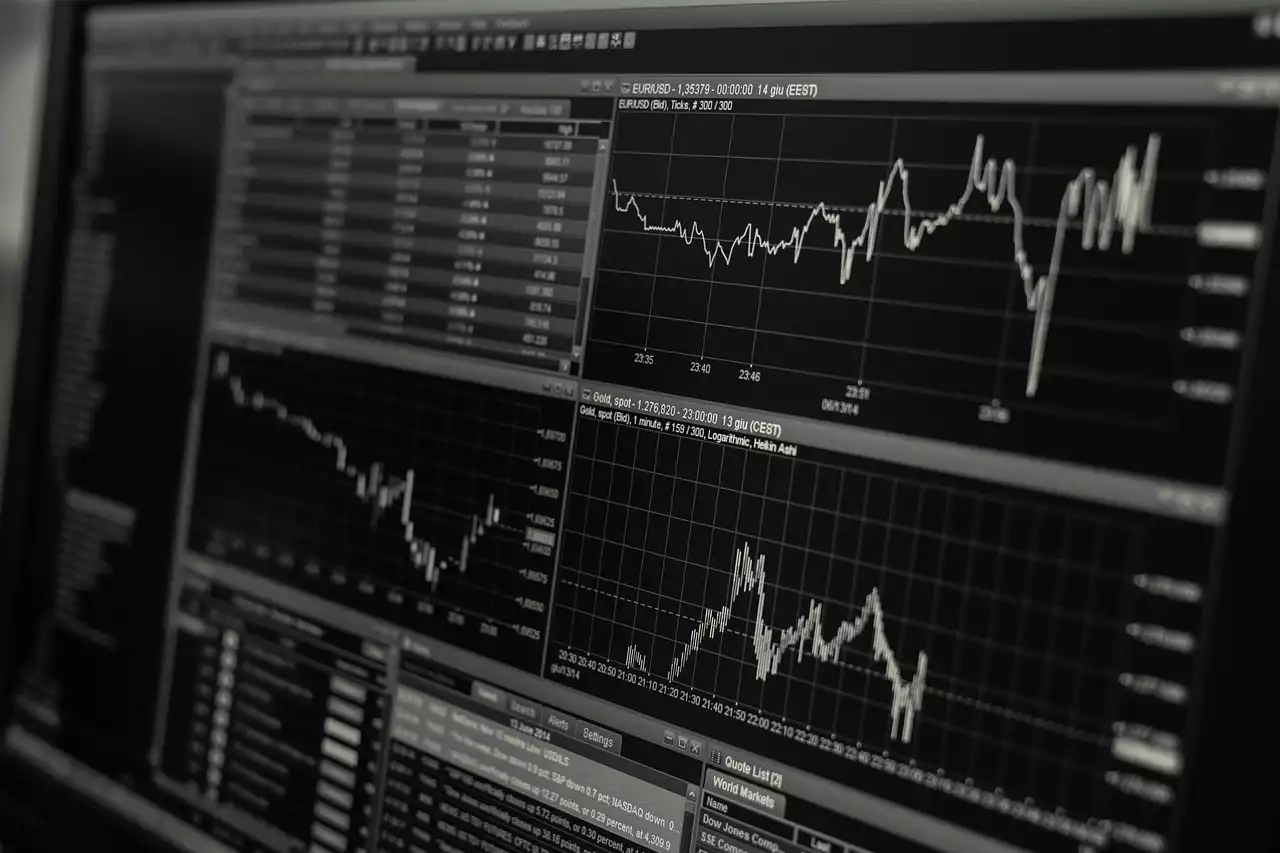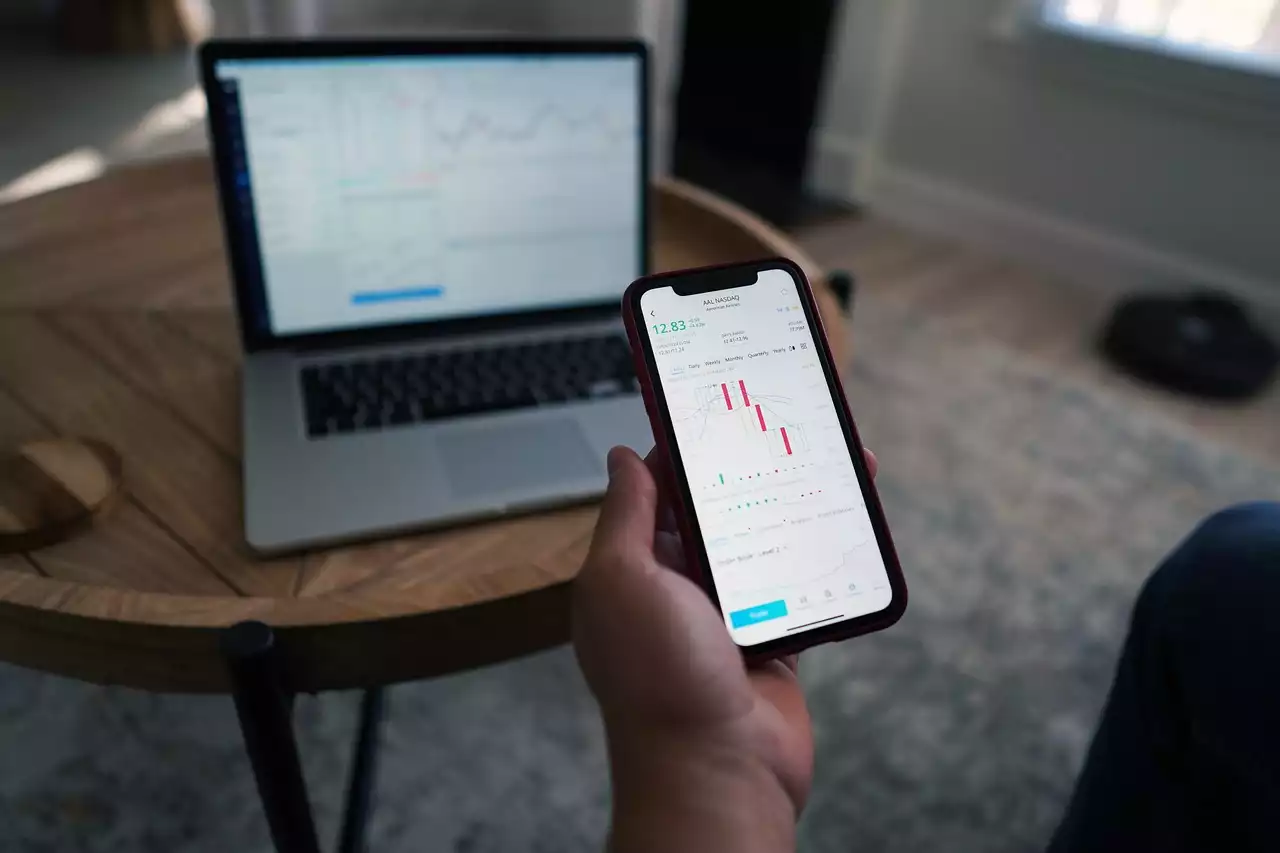Importance of Data Visualization in Reporting
Data visualization is an essential aspect of reporting. Reports that are merely filled with tables and spreadsheets can be difficult to decipher, and your audience may lose interest quickly. On the other hand, data visualization techniques help you to translate complex data into visual formats that are easy to understand. They provide a clear picture of the insights that you're trying to convey, making it easier for your audience to comprehend the data and act on it.
Data visualization techniques are vital for businesses across all industries. From marketing to finance, data visualization can help you to make informed decisions and communicate your findings effectively. By implementing data visualization techniques in your reporting, you can create a lasting impression on your audience and achieve your business goals.
Understanding Data Visualization Techniques
Data visualization techniques are graphic representations of information that help you to understand and interpret data. They involve the use of charts, graphs, and other visual aids to convey complex information in a simplified manner. The goal of data visualization is to make it easier for people to comprehend the data and use it to make informed decisions.
There are many different data visualization techniques that you can use in your reporting. The most popular ones include bar charts, line charts, pie charts, scatter plots, heat maps, treemaps, waterfall charts, bullet graphs, funnel charts, and interactive visualizations. Each of these techniques is designed to showcase data in a unique and compelling way, making it easier for your audience to understand the insights you're trying to convey.
Video 10 Data Visualization Techniques in Analytics
Top 10 Data Visualization Techniques
Bar Charts
Bar charts are one of the most commonly used data visualization techniques. They are simple to understand and provide an easy way to compare different sets of data. In a bar chart, data is represented using bars of different lengths. The length of each bar corresponds to the value of the data it represents.
Bar charts are ideal for showing comparisons between different categories. They can be used to showcase data such as sales figures, customer satisfaction ratings, or website traffic. You can use horizontal or vertical bar charts depending on your data and the story you want to tell.
Line Charts
Line charts are another popular data visualization technique. They are ideal for showcasing trends over time. In a line chart, data is represented using a series of points connected by a line.
Line charts are particularly useful for tracking data such as website traffic over a specific time period or sales figures for a product line. They allow you to easily see how your data has changed over time and identify patterns and trends.
Pie Charts
Pie charts are a simple but effective way to showcase data. They are ideal for showing how different parts contribute to a whole. In a pie chart, data is represented using slices of a circle. The size of each slice corresponds to the value of the data it represents.
Pie charts are particularly useful for showing the breakdown of data such as market share, budget allocations, or survey responses. They are easy to understand and provide a quick snapshot of the data you're trying to convey.
Scatter Plots
Scatter plots are a powerful data visualization technique that is ideal for showcasing the relationship between two variables. In a scatter plot, data is represented using dots on a graph. The position of each dot corresponds to the value of the two variables it represents.
Scatter plots are particularly useful for showing correlations between two sets of data. They allow you to easily identify trends and patterns and make informed decisions based on the insights you've gained.
Heat Maps
Heat maps are a unique data visualization technique that uses color to represent data. In a heat map, data is represented using different shades of colors. The color of each cell corresponds to the value of the data it represents.
Heat maps are particularly useful for showing patterns in large sets of data. They allow you to quickly identify areas of high and low values and make informed decisions based on the insights you've gained. Heat maps are commonly used in fields such as finance, marketing, and healthcare.
Treemaps
Treemaps are a data visualization technique that is ideal for showing hierarchical data. In a treemap, data is represented using nested rectangles. The size of each rectangle corresponds to the value of the data it represents.
Treemaps are particularly useful for showing the relationships between different parts of a whole. They allow you to easily see how different parts contribute to the overall picture and make informed decisions based on the insights you've gained.
Waterfall Charts
Waterfall charts are a unique data visualization technique that is ideal for showing changes over time. In a waterfall chart, data is represented using bars that rise and fall. The bars show the cumulative effect of positive and negative values.
Waterfall charts are particularly useful for showing changes in financial data such as revenue, expenses, and profits. They allow you to easily see how your data has changed over time and make informed decisions based on the insights you've gained.
Bullet Graphs
Bullet graphs are a data visualization technique that is ideal for showing progress towards a goal. In a bullet graph, data is represented using a horizontal bar. The bar shows the distance to the goal, and the color of the bar indicates whether the goal has been achieved or not.
Bullet graphs are particularly useful for showing progress towards sales targets, customer satisfaction ratings, or other business goals. They allow you to easily see where you stand in relation to your goal and make informed decisions based on the insights you've gained.
Funnel Charts
Funnel charts are a data visualization technique that is ideal for showing the conversion rates between different stages of a process. In a funnel chart, data is represented using a series of decreasing bars that resemble a funnel.
Funnel charts are particularly useful for tracking the success of marketing campaigns, sales processes, or website conversion rates. They allow you to easily identify areas of improvement and make informed decisions based on the insights you've gained.
Interactive Visualizations
Interactive visualizations are a data visualization technique that allows your audience to interact with the data. Interactive visualizations can include anything from clickable charts to fully interactive dashboards.
Interactive visualizations are particularly useful for engaging your audience and allowing them to explore the data in a more meaningful way. They allow you to provide a more customized experience for your audience and make informed decisions based on the insights you've gained.










